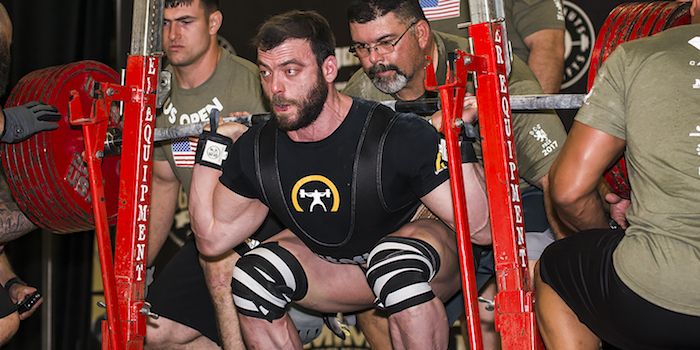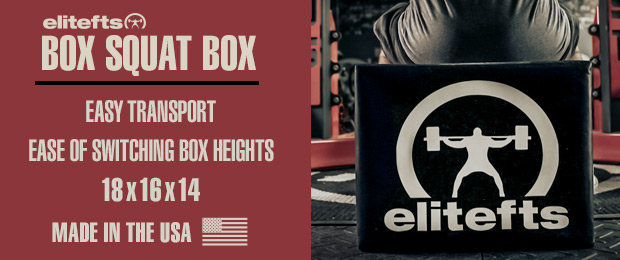
Heads up: this is a rebuttal to Nate Harvey’s article on squatting, which you can read here. It’s VERY important to note that Nate and I are speaking to different audiences! He’s addressing a wide variety of athletes and coaches – football players, wrestlers, lifters, and so on – while I’m focused ONLY on competitive, unequipped powerlifters and bodybuilders. There’s no right or wrong here.
In Nate’s recent article on squatting and ankle mobility, he argued that forward knee displacement in the squat can be disadvantageous because it shifts loads away from the glutes and hamstrings and carries a greater risk of injury relative to squatting with vertical (or near-vertical shins). Instead, to strengthen knee extension, he advocates the use of accessory movements. “Single-leg and lower tonnage movements are great options to address… loading of the anterior muscles surrounding the knee,” he writes.
I agree that accessory movements are great for strengthening the quads and other muscle groups involved in knee extension. But I can’t agree about squatting in a manner that emphasizes the glutes and hamstrings – at least not for competitive powerlifters or bodybuilders.
Here’s the deal: if your goal is to lift as much weight as possible, you must engage as many muscle groups as possible in that movement. And to avoid injury while doing so, you must balance the load optimally among those muscle groups.
(Note that “optimally” will vary from lifter to lifter based on leverages, relative muscular development, mobility restrictions, and so on.)
The squat in particular involves both knee extension and hip extension. When you squat with vertical shins, you’re limiting knee extension and therefore largely removing a major muscle group – the quads – from the equation. While the amount of optimal quad engagement will vary from lifter to lifter (see my note on optimal above), there are very, very few cases where it’s best to limit it as much as possible. In fact, I’d argue almost the opposite: for most (raw) lifters, optimal squatting will involve a fairly significant amount of forward knee displacement and quad engagement.
View this post on Instagram
Furthermore, in the context of competitive lifting, depth matters. In my experience, many lifters lack sufficient hip mobility to break parallel while maintaining vertical shins. (Of course, the opposite is true as well; ankle mobility will limit your ability to hit depth if you squat with an excessive amount of forward knee displacement.)
Finally, when it comes to bodybuilding, I think the benefit of forward knee displacement in the squat is pretty obvious: you want to maximize quad development, and, oftentimes, limit glute development. That’s why you see many bodybuilders squat high, pushing their knees way forward. It’s not stupid in the context of their goals. And the lower loads used by many bodybuilders are less likely to place enough strain on the knee to produce injury even with “excessive” forward knee displacement.
What’s the point of all this? It comes down to what I keep saying, over and over again: there’s no coach (including me), technique, or method out there that’s going to be the “right” answer. You have to find what works for you, and that means keeping an open mind and being open to all possibilities – even unconventional ones.









